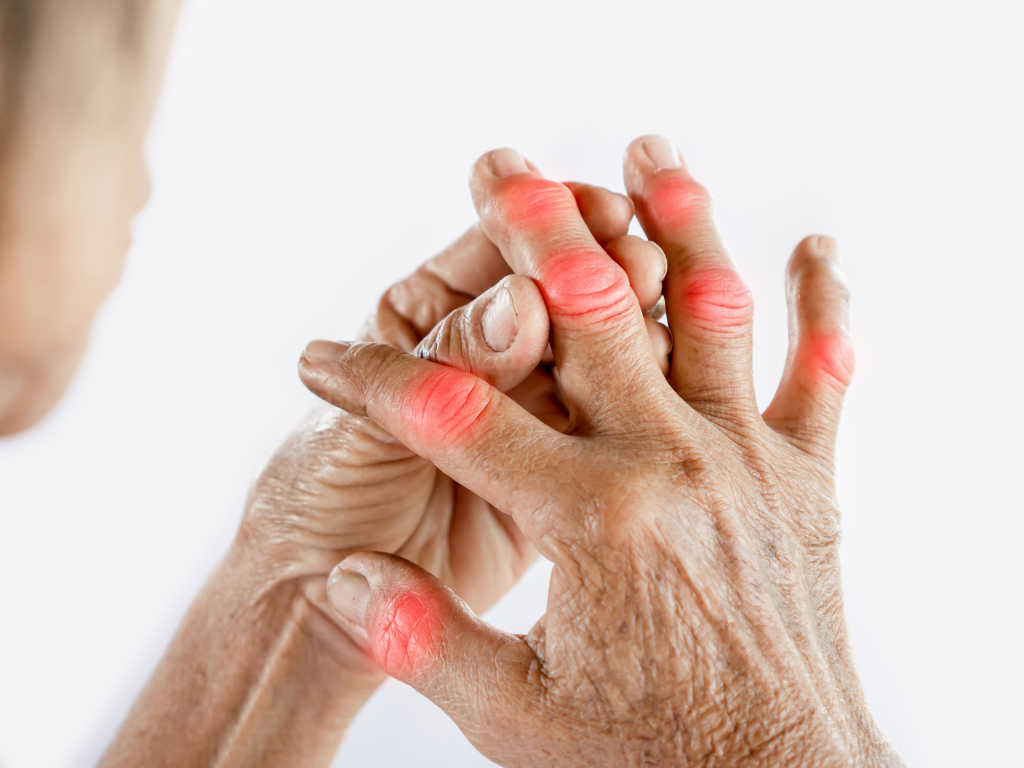
Chronic pain is a significant concern for many seniors, correspondingly affecting their quality of life and daily activities. It’s crucial to address this issue effectively to ensure that older adults can live comfortably and as well as enjoy their golden years to the fullest. In this article, we will explore essential strategies for managing chronic pain in seniors and improving their overall well-being.
Chronic Pain in Seniors:
Seniors may experience chronic pain due to various factors, including age-related conditions, arthritis, injuries, or other medical issues. Effective pain management is also essential to enhance their quality of life.
Strategies for Chronic Pain Management:
1. Consult a Healthcare Provider:
If you or a loved one is experiencing chronic pain, the first step is to consult a healthcare provider. Certainly, they can perform a thorough evaluation to determine the cause of the pain and develop a personalized treatment plan.
2. Medication Management:
In many cases, medication is prescribed to manage chronic pain. Non-prescription pain relievers and prescription medications may further be recommended based on the severity and type of pain. It’s essential to follow the prescribed dosages and communicate any side effects to the healthcare provider.
3. Physical Therapy:
Seniors experiencing chronic pain can nonetheless benefit from physical therapy, enhancing their mobility, flexibility, and strength. Professional physical therapists can create personalized exercises and techniques to address each individual’s specific needs.
4. Occupational Therapy:
Occupational therapists can also help seniors adapt to their daily routines and environments to minimize pain. They provide guidance on ergonomics, assistive devices, and techniques to reduce discomfort.
5. Pain Management Programs:
Some seniors may benefit from pain management programs that offer comprehensive approaches, including physical therapy, counseling, and medication management.
6. Exercise and Stretching:
Regular low-impact exercise and stretching routines can at least help relieve chronic pain. Activities like walking, swimming, and yoga can improve muscle strength and flexibility.
7. Hot and Cold Therapy:
Applying heat or cold packs to particularly affected areas can provide relief from chronic pain. Consult with a healthcare provider to determine which therapy is most appropriate.
8. Massage and Bodywork:
Massage therapy and other bodywork techniques can help relax muscles, reduce tension, and alleviate pain.
9. Counseling and Mental Health Support:
Chronic pain can take a toll on mental health. Seniors may benefit from counseling to manage stress, anxiety, and depression associated with ongoing pain.
10. Pain Journal:
Keeping a pain journal can help track the intensity, duration, and triggers of chronic pain, aiding healthcare providers in adjusting treatment plans.
11. Support System:
Maintaining a support system that includes family members, friends, or support groups for individuals experiencing chronic pain can provide emotional support and motivation.
12. Alternative Therapies:
Some seniors find relief through alternative therapies like acupuncture, acupressure, or chiropractic care. Always consult with a healthcare provider before trying these approaches.
Chronic pain management for seniors is crucial to improving their overall quality of life. By implementing a comprehensive approach that includes healthcare provider consultation, medication management, physical therapy, and lifestyle adjustments, seniors can effectively manage chronic pain and enjoy their later years with comfort and ease. Remember that you are not alone in this journey, and there are resources and communities available to help you achieve better pain management.
